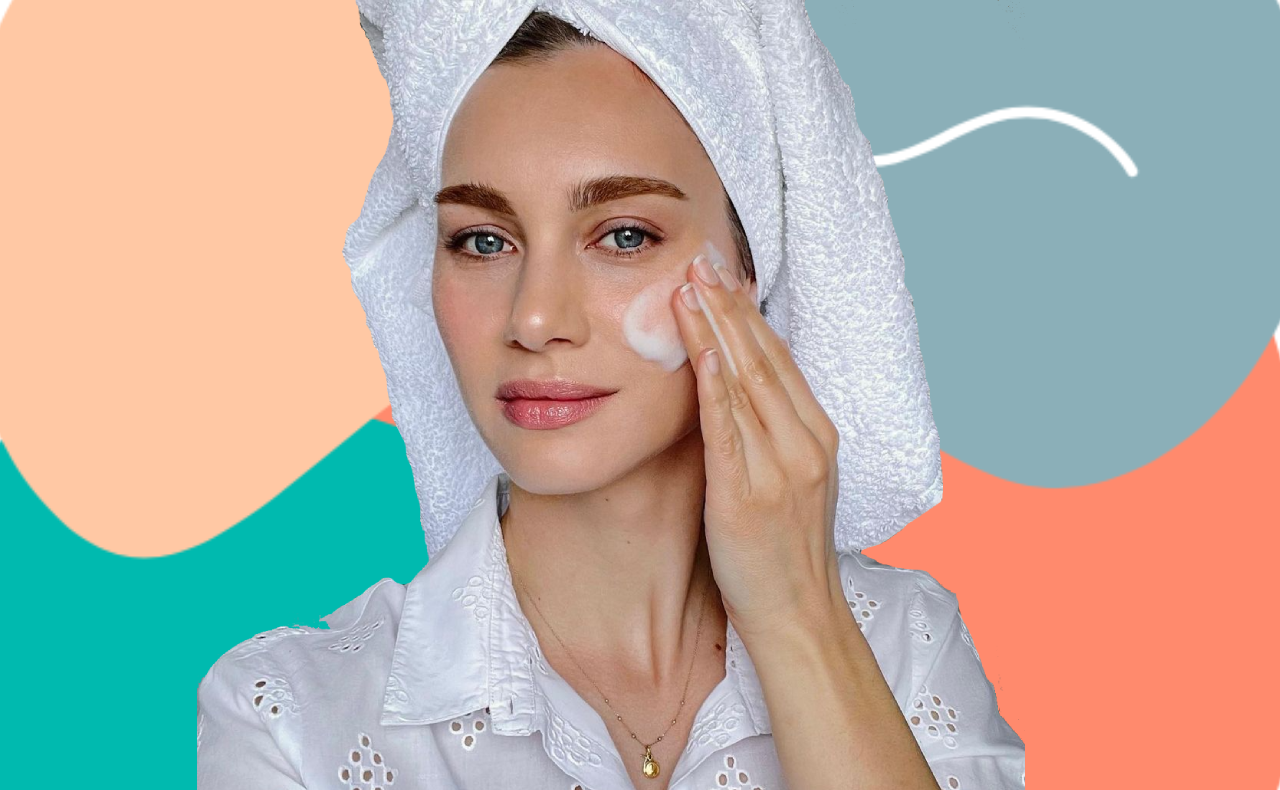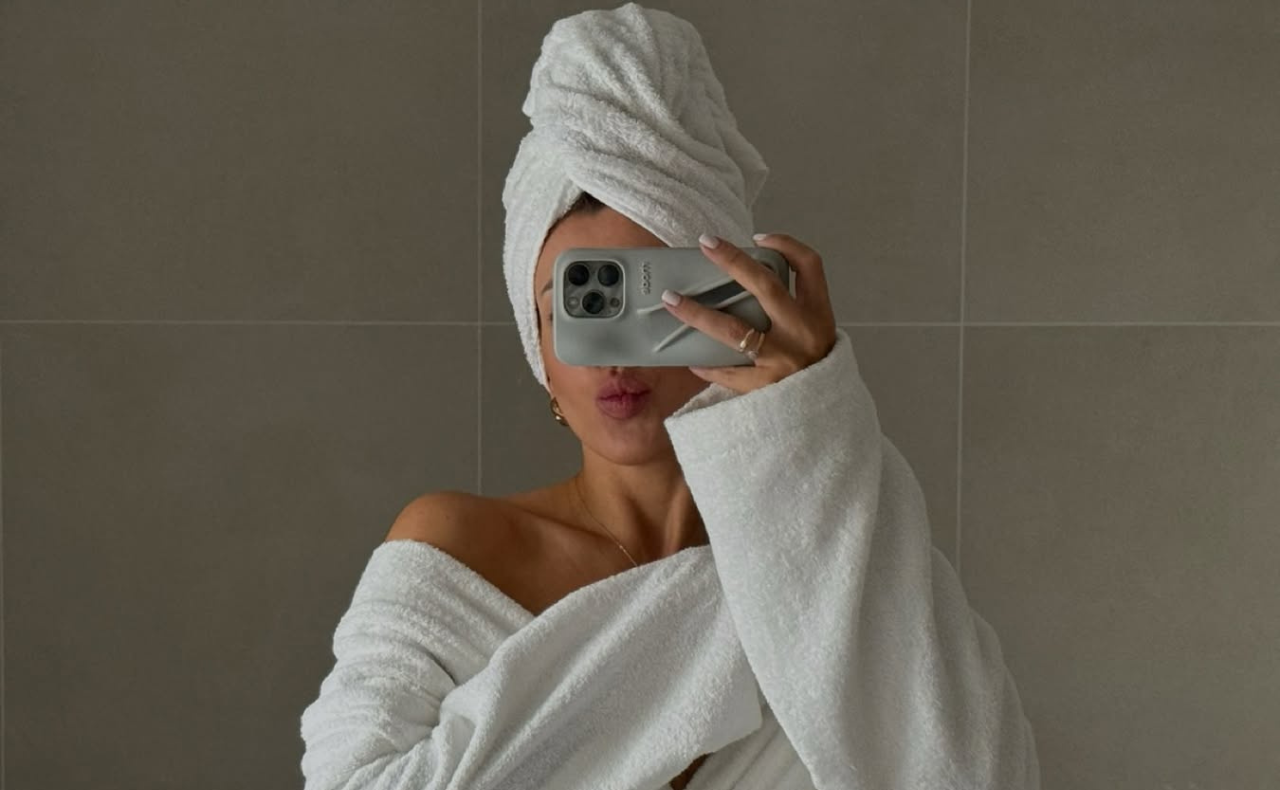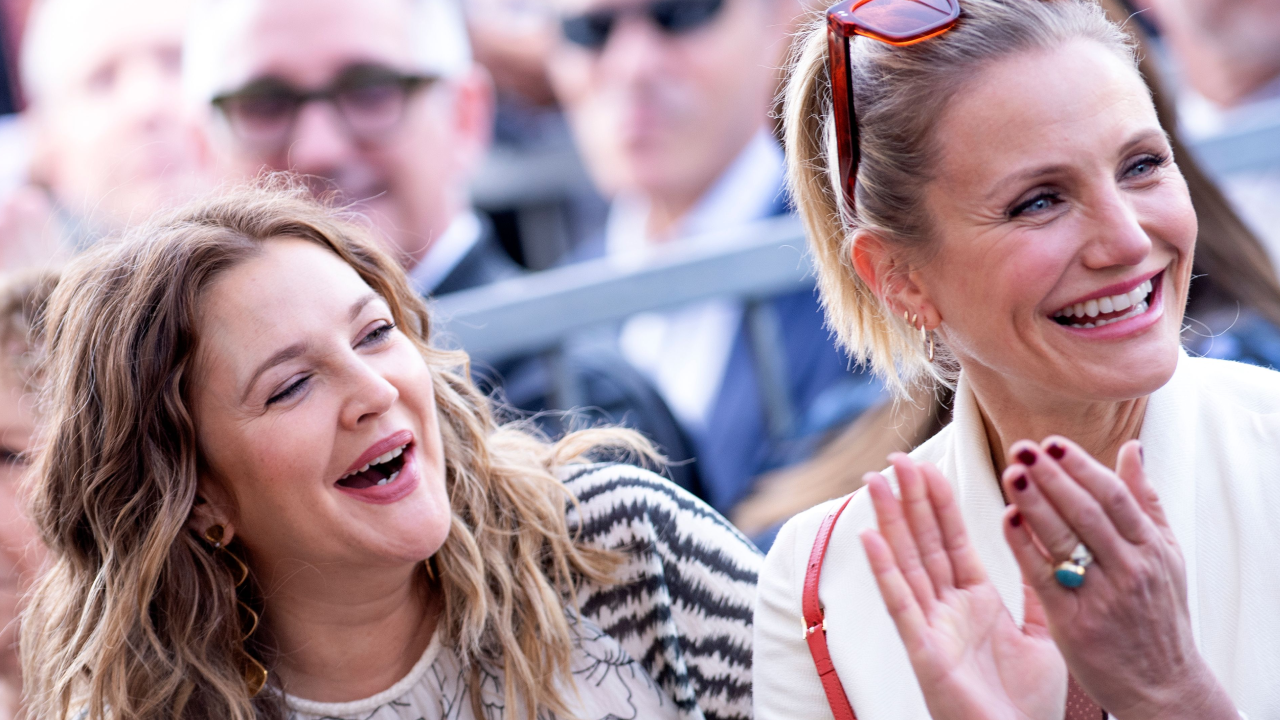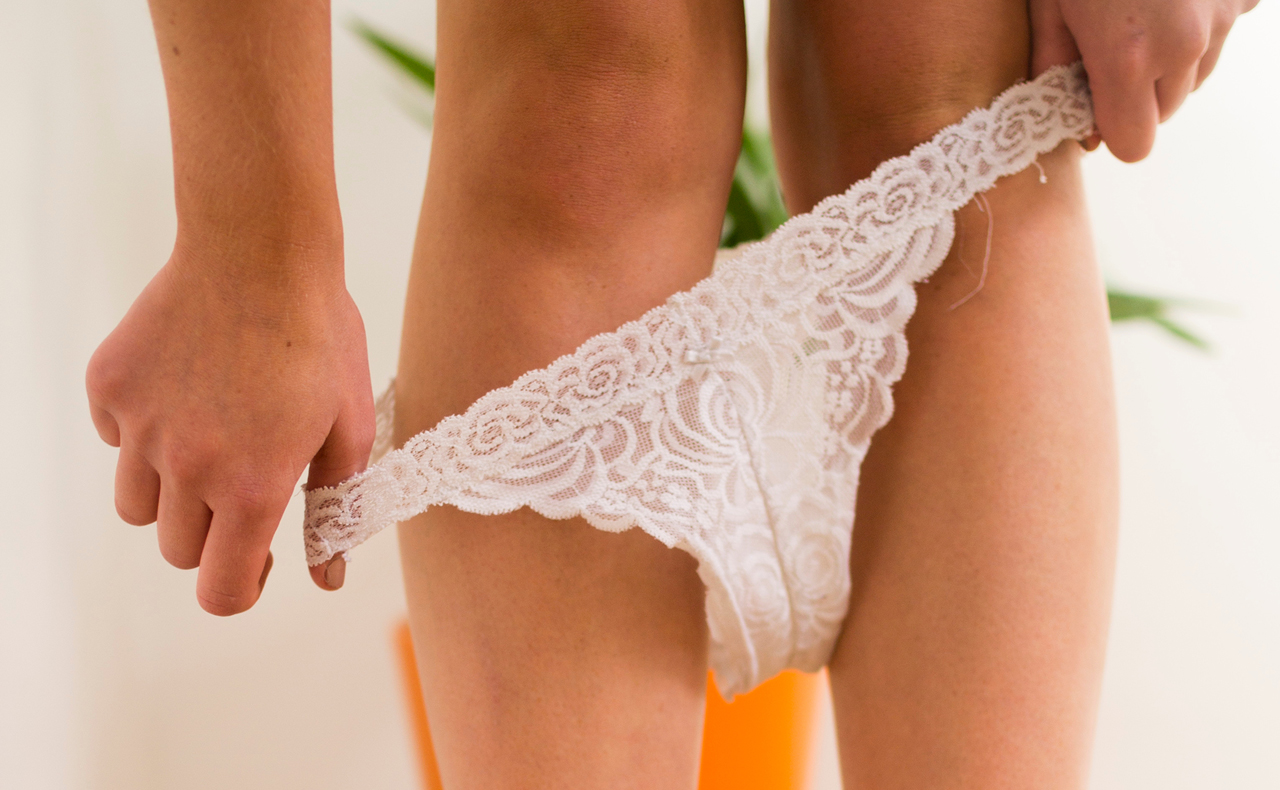We’re all familiar with the trusty tampon – with most of us going through a pack of the absorbent material every month, to avoid any (embarrassing) leakages. But do you know as much about other sanitary products, like menstrual cups? A collector as opposed to an absorber, she claims to do the job better. So does she? Well, read on.
RELATED: Common thoughts women have during their period
RELATED: 6 ways you’re making your period worse
What is a menstrual cup?
A menstrual cup is a reusable sanitary product, usually made of soft, medical-grade silicon. It is shaped like a bell and inserted into the vagina during menstruation to catch blood (instead of absorbing it like a tampon).
How does it work?
Much like a tampon, a menstrual cup is inserted into the vagina and left to do its thing. But instead of changing it once it’s full, you empty, wash and reuse it.
What are the benefits?
Think about how many tampons and sanitary pads you’ve thrown in the bin over the years. With proper care, the reusable menstrual cup should last for several years – making it both cost-effective and environmentally friendly.
A menstrual cup holds around 30mL of fluid (whereas a regular tampon usually holds between 6-9mL), so you don’t need to deal with it as often as you do a tampon. This is great for girls who forget to change their tampon as much as they should, and consequently end up with spotting.
FYI, leaving a tampon in longer than recommended can increase the risk of toxic shock syndrome (TSS), so you should always be wary of this. But what about menstrual cups? Dr Alex Polyakov, Clinical Director of Melbourne IVF at The Royal Women’s Hospital notes, “It is proposed that since cups just collect menstrual fluid rather than absorbing it, the risk of TSS is lessened but there are no large studies to demonstrate this reduced risk.”
It’s better to be safe than sorry, ladies. Dr Polyakov continues, “The usual recommendation is for menstrual cups to be removed and emptied every six to 12 hours, depending on the brand and the volume of menstrual flow.” So please, ensure you’re changing them every day! If (like me) you often forget the important things, pop a reminder in your phone.
Finally, menstrual cups are odourless, hygienic, free of any nasties and when applied correctly, sit comfortably up your hoo-ha.
Our verdict
As I’m sure you’re all aware, tampons are a quick, easy and effective way to deal with your period. You pop them in, pull them out and throw them away.
Menstrual cups however take a little more work to insert, remove and reuse. You must remove the cup gently and with care to avoid any spillages. You also have to clean it thoroughly before reinsertion – warm water and a mild soap does the trick. And unlike tampons, you have to come in direct contact with blood (which is not everybody’s cup of tea!)
However, if you’re looking for an option that’s kind to both the environment and your bank account – why not give a menstrual cup a go?
Where can I get one?
The Juju Menstrual Cup ($55) is a great start. Alternatively, the Lunette Menstrual Cup ($59.95) comes in a range of colours (including my personal favourite, pink) to suit all tastes.
Have you ever used a menstrual cup before? If not, would you?





I am proactively concerned about keeping the cup and it’s carrier bag clean at all times and if I do need to put it down it is onto a piece of fresh toilet paper.
I wash my hands before and after touching the cup.
When I clean it out I wash it properly under warm water and I use a non scented liquid soap.
Lastly, I sterilise it between each period.
I would never empty it out in a public bathroom.
Don’t like the sound of a menstrual cup; period undies would be more for me
No way, ever! Tampons are the most hygienic. They just suck everything up, it’s pulled out, and flushed down the toilet. I can’t imagine using one of these things with long nails, and washing it out in the sink. What if you’re in a public bathroom? At least with tampons I can guage when to change it by pulling on the string, how would you even know if that thing is full? Yuck. Just no.
I LOVED my menstrual cup & I wish I’d heard about them sooner – I only got a few years’ use before menopause (Hallelujah) finally came.